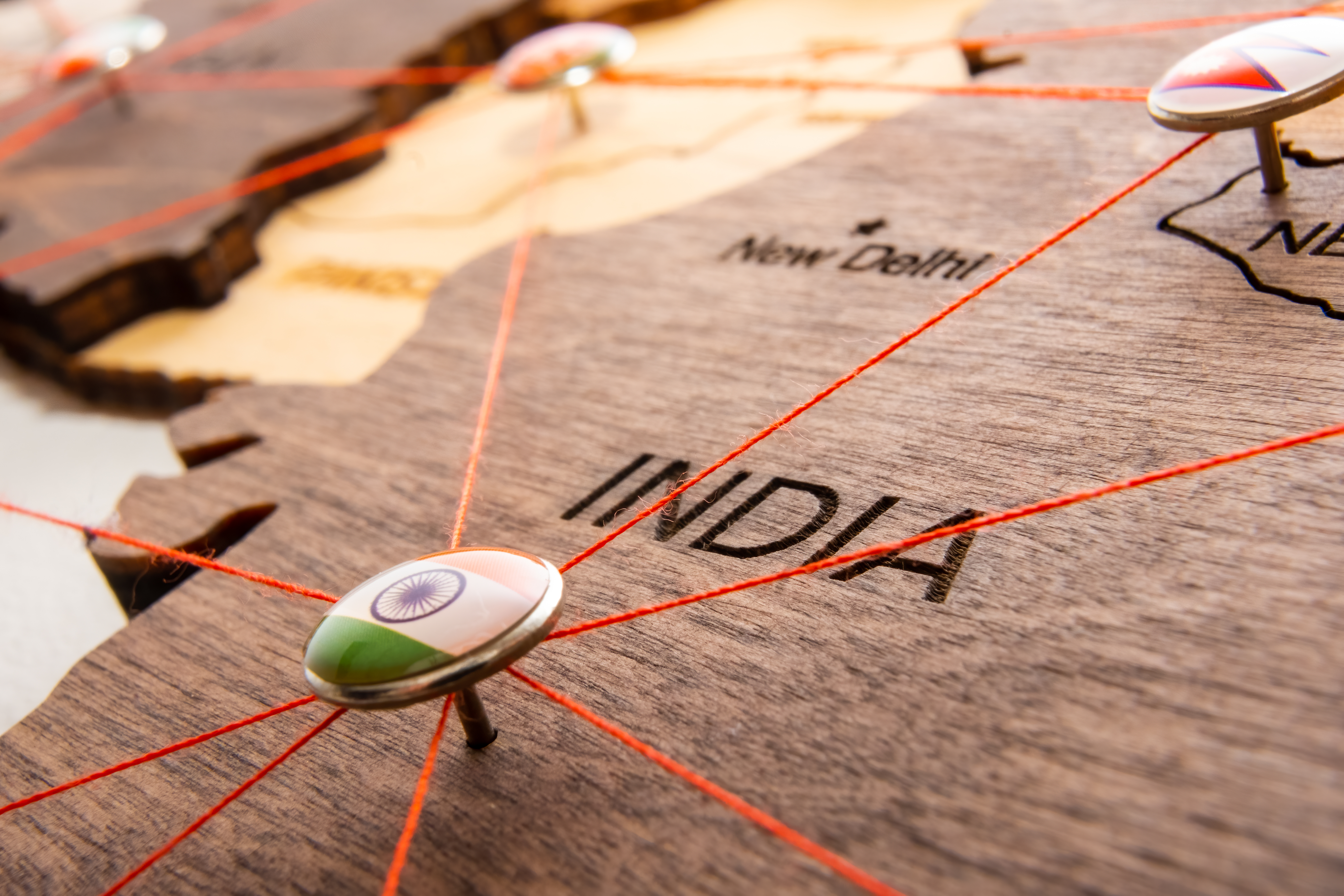Made in Dollars and Sold in Rupees

In a lot of my discussions with Imaging center’s owners or Hospital purchase heads, the high cost of medical equipment and the burden of the same on the P&L is discussed indicating a lower ROI especially from high CAPEX equipment. The Imaging centers find it hard to get a higher price for the scans for the patient.
Having worked in Medical equipment companies and managed their P&L , I know for sure that the price realization for the equipment sold in India is one of lowest globally.
In summary, we have one of the lowest scan prices for patients globally, the Imaging centers find it hard to get an ROI and the equipment companies get lowest prices realized.
So no one is winning …Why is this so?
The way I see it, there are 2 reasons for this paradox -
a) Most of the high end medical equipment is imported and hence is made in dollars and sold in rupees
b) The Indian healthcare is fragmented and hence at individual center’s they lack volume for better cost advantage and ROI .
Thus, the answer lies in 'Make in India' , innovate for India needs and hence generate value for everyone in the game. Also , consolidation and acquiring scale might be something one would see more of.

Some of the following are trends that you would already see
- Supporting startups & businesses that manufacture medical devices & equipment in India, especially those with essential medical devices like syringes, stethoscopes, bandages, and basic diagnostic tools.
- Encouraging R&D in indigenous medical technology to create innovative, cost-effective solutions for India's specific needs.
- Encouraging training of a skilled workforce for manufacturing and servicing medical equipment.
- Establishing SEZs with tax incentives to attract global medical device companies to set up manufacturing units in India.
- Supporting domestic production of generic drugs, which are significantly cheaper than branded alternatives.
- Expediting approvals for safe and effective generic medicines, ensuring timely access for patients.
- Investing in creating a robust telemedicine network that allows remote consultations with specialists.
- Encouraging the adoption of digital health records.
Supporting the development of AI-powered diagnostic tools.
By Amit Gandhi
Founder and CEO


